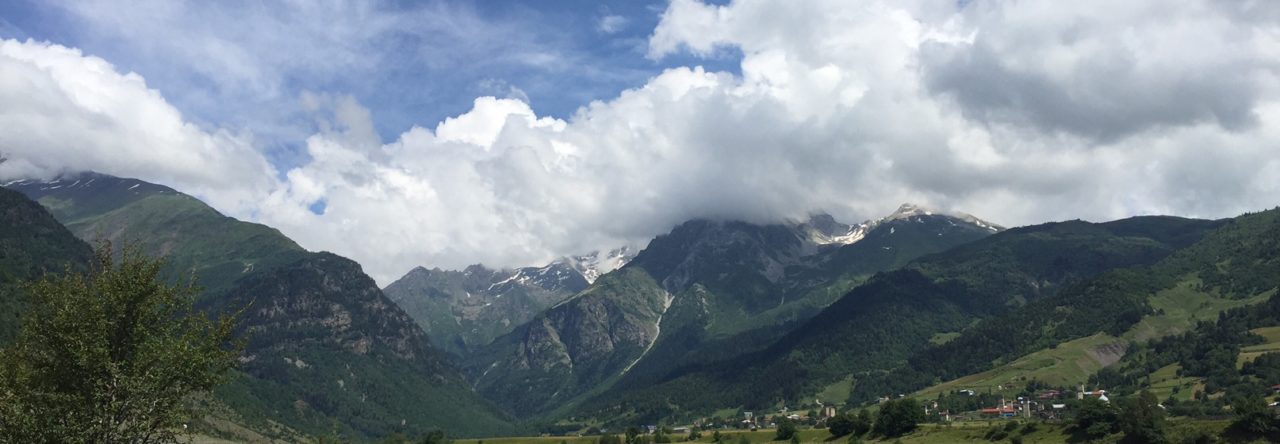As Chris has said, we arrived in Santorini on Wednesday 12 July 2017. What he did not say was that I was the first person through passport control. It was great, it felt like one of those days in London when you are the first person off the tube right by the exit and therefore the first person from your train onto the central line/the street. Except better, because you’re on holiday, rather than on your way to work.
We then left Santorini for Athens on Sunday 16 July. My key observations from Santorini are (in no particular order):
• Sunsets: fantastic, never seen any better. We had a 160 degree view of the sea from our balcony and scheduled our evenings around being home for sunset, save for one night when we watched it from a catamaran (thanks to Chris’s brother Rob for that beautiful and memorable wedding present). This is us, on the boat, at sunset, by the Red Beach (no prizes for guessing why it’s called the Red Beach):

• Food: delicious. Whatever vitamins there are in tomatoes, we have exceeded our recommended daily allowance. According to a fellow tourist we overheard at a restaurant, this is because American tomatoes are picked under-ripe and injected with nitrogen…The feta was also delicious, which I cannot explain as the marvel of the EU means that feta in Greece should be the same as feta in England…
• Animals: everywhere. It is impossible to eat a meal out in Santorini without some dog or cat trying to badger you. I saw some idiots feeding the animals from their plate and glared at them. We also saw a donkey making its way up Pyrgos at a fair pace. It would have overtaken us had we not gone a different way.
• Beach: not worth it if you have your own cave jacuzzi. Seriously, get a cave jacuzzi, it will be your best ever holiday decision.
• Culture: we were very pleasantly surprised by how much there is to do in Santorini and how much of it has yet to be tainted by mass tourism. We stayed in the medieval capital of the island, Pyrgos. There are clearly tourists there, but we also saw plenty of local people, including our neighbour. He enjoyed the sunset with us on the first night, whilst blasting out Greek folk music, but on other nights clearly determined early on that this wouldn’t be a perfect sunset and simply gave us a wave and listened to his tunes down in his house (still loud enough for us to hear – don’t you worry). Following a recommendation from the captain of our catamaran, we also had a great time exploring the extremely narrow “streets” of the village of Emporio. We also visited the ancient city of Akrotiri, destroyed by an earthquake in c. 1613 BC and the two museums in Thira which include artifacts from the site.
Doorsteps in Emporio (you’d better like your neighbours):
A storage room or an ancient “bank” in Akrotiri, the experts can’t decide:
So for all of the above, and many more, reasons, we had a wonderful fun, relaxing and eye-opening time in Santorini. After that R&R we were ready to start our backpacking adventure…















